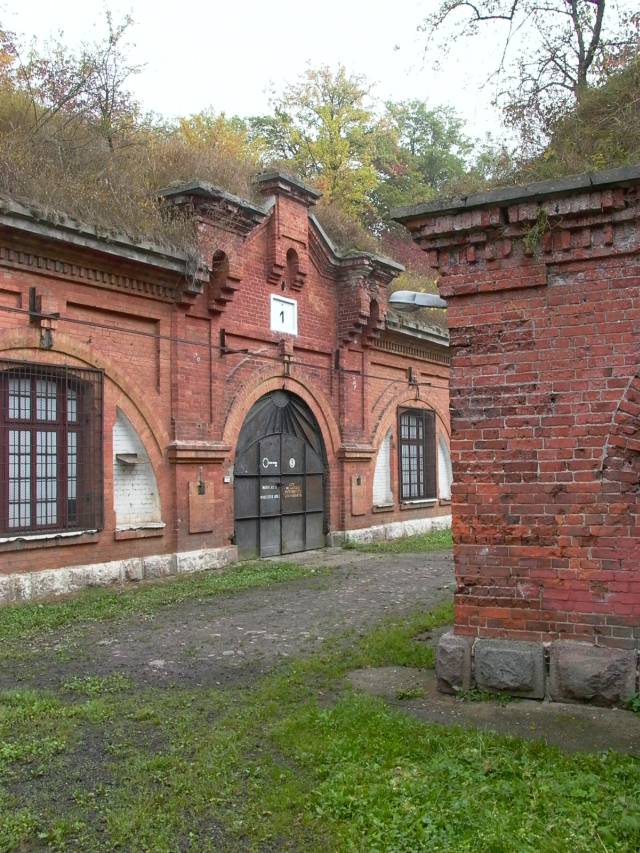In the years 1941-1945, there was a German penal investigation camp in Fort III. It is called the largest torture chamber in northern Mazovia, where Gestapo officers committed extreme cruelty. About 50,000 prisoners were detained in the camp and prison of which 10-12,000 were murdered. Pomiechówek is one of the forts of the Modlin Fortress, built by order of Tsar Alexander III in the years 1883-1888. During the interwar period, the 32nd Infantry Regiment was stationed in the facility, and from 1926 it was only an ammunition warehouse under the name of Armament Warehouse No.1.
During World War II, Fort became a place of mass murder and ceased to be associated with the pearl of military architecture. One of the prisoners, who were in many German camps, stated that in Pomiechówek the camp staff was the most degenerate, and the prisoners were tormented by harsh conditions – they slept on a concrete floor, and there were no windows in the closed cells, so they felt a stench from the buckets filled with faeces. In some casemates that served as “bedrooms”, the water was ankle-deep. Women were raped in the camp, and the officers’ popular ‘entertainment’ was to set the dogs on the prisoners or hang people on hooks. Poles and Jews left the interrogations with broken arms, legs, ribs, noses, knocked out teeth and gouged out eyes.
Representatives of the entire Polish society were imprisoned in the Fort Pomiechówek, including farmers, workers, Jews and the white-collar elite of northern Mazovia – doctors, teachers, priests, and soldiers of underground organizations.
When the fall of the Third Reich was imminent, in January 1944, German torturers began to blur the traces of their crimes in this place. At the behest of the Germans, a group of 16 Jews dealt with digging up the pits with the bodies of the murdered, then they poured gasoline and burn them. The system of obliterating the traces was well designed – they used a special grate to put the bodies alternately with layers of firewood. Thus, on the January days of 1944, the stench of suffocating smoke wafted over the area.
Today, the Fort III Pomiechówek Foundation is responsible for the memory of this place.





